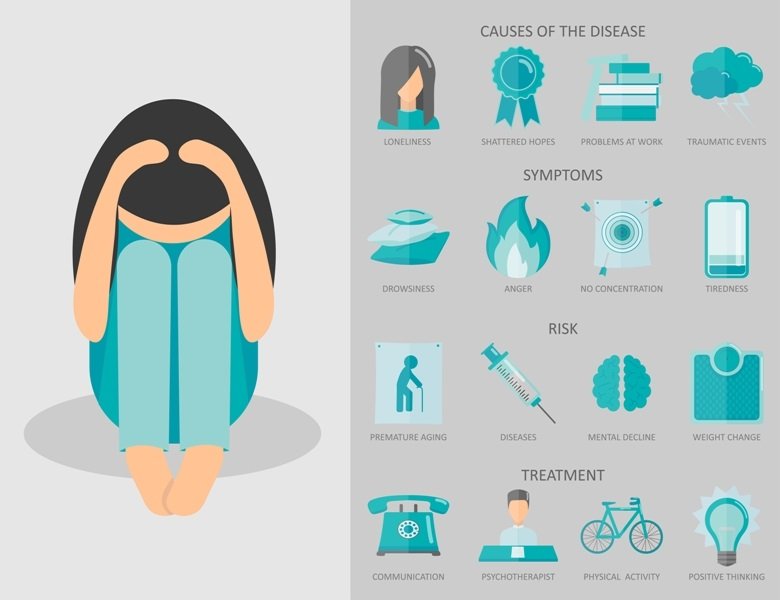Asthma Action Plan and Management: How Can You Manage Asthma Symptoms?
- Updated on: Jul 10, 2024
- 3 min Read
By
- Published on Oct 3, 2019


Management of asthma symptoms
Management of asthma involves an active participation of the patient along with the doctor. It is done in a series of steps including:
Active participation of patient
The patient takes an active role and work in the following ways:
- Work with the doctor to rule out other conditions and treat them because they can interfere with asthma management.
- Try to avoid certain things (triggers of Asthma) that can worsen asthma except for exercise. Physical activity helps to lead a healthy lifestyle.
- Working with the healthcare providers to create and follow an asthma action plan.
Asthma action plan
An asthma action plan is a routine chart that gives guidance on:
- Taking medicines properly.
- Avoiding asthma triggers.
- Tracking level of asthma control.
- Responding to worsening symptoms.
- Seeking emergency care when needed.
Initial treatment depends on the severity of asthma. Follow-up asthma treatment depends on how well asthma action plan is controlling the symptoms and preventing asthma attacks. Read about medical treatment of asthma.
Asthma control level can vary over time because of certain factors like changes in the home, school or work environments.
Following the Asthma Action Plan
The patient along with doctor creates a personalized action plan for the patient. The plan describes the daily routine of the patient about asthma treatment, such as names of the medicines, dose and timing of the medicines etc.
The plan also explains when to call the doctor or go to the emergency room. For example, if a child is suffering from asthma, all the people around him should know about his asthma action plan. This includes babysitters and workers at daycare centers, schools, and camps. These people can help the child follow the action plan.
Avoid Things That Can Worsen Asthma
Asthma triggers can worsen the asthma symptoms. The only solution is to avoid them. Once a patient knows what these things are, he can take steps to control many of them.
For example:
- For avoiding exposure to pollens or air pollution, the patient should limit his outdoor time when the levels of these substances in the atmosphere are high.
- If animal fur is a trigger of the symptoms, the patient should keep pets with fur out of his home or bedroom.
Track Asthma
The patient needs to keep a track of asthma. It is done by:
- Keeping records of the symptoms.
- Check the peak flow number using a peak flow meter.
- Getting regular asthma checkups
Record Symptoms
The patient can record the symptoms in a diary to see how well the treatments are working. Asthma is in full control if:
- The symptoms appear not more than 2 days a week.
- The symptoms don’t disturb the sleep more than one or two nights a month.
- All normal activities are going well.
- Quick-relief medicines are needed not more than 2 days a week.
- The patient has no more than one asthma attack a year that requires him to take corticosteroids by mouth.
- The peak flow doesn’t drop below 80 percent of the patient’s personal best number.
If the above points are not true then asthma is not well controlled. In such cases, the doctor may need to change the overall asthma action plan.
Use a Peak Flow Meter
Peak flow meter is a small handheld device. It shows how well air moves out of the lungs. The patient blows into the device and the peak flow number is recorded. The score or the peak flow number shows how well the lungs are working at the time of the test.
When the patient is first diagnosed with asthma, his score is recorded every day for approximately 20 days when asthma is under control. The personal best score is the highest score from the 20 days scores. This personal best is compared with the future score every time patient wishes to see whether his asthma is under control or not.
When the score shows that the breathing is getting worse, the doctor may advise the patient to take quick-relief medicines as directed by the asthma action plan. The peak flow meter can then be used to check the effect of the medicine.
Get Asthma Checkups regularly
In the beginning, the patient needs to see a doctor about every 2 to 6 weeks. But once the asthma is under control, the number of doctor visits may reduce to once a month to twice a year. During a doctor visit, the doctor may ask the patient about:
- Changes in symptoms
- Any asthma attack episode since the last visit
- Peak flow measurement
- Daily activities of the patient
- Any concern with taking medicines or following asthma action plan
The doctor uses the above information to assess the level of asthma control. If the control is very good, the patient may be advised to take fewer medicine or the medicines with lower doses.












